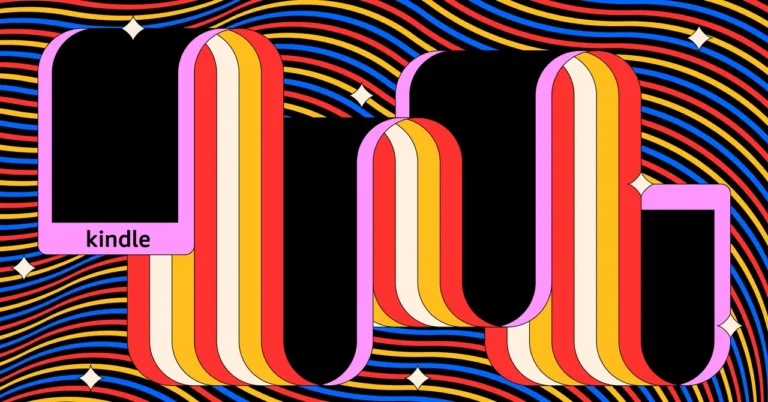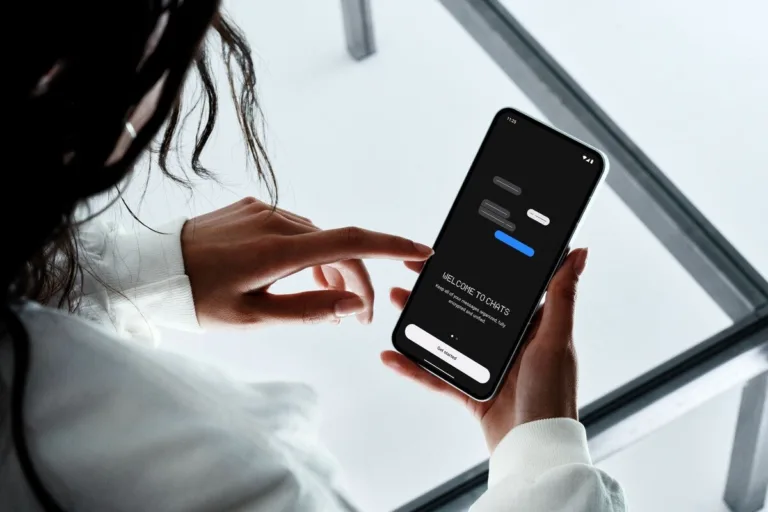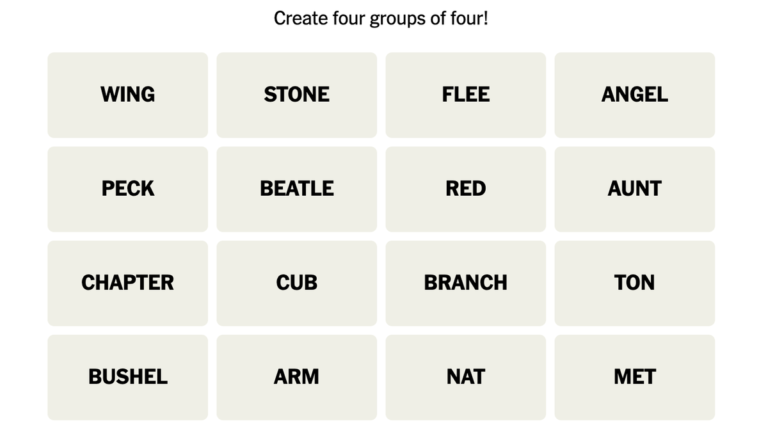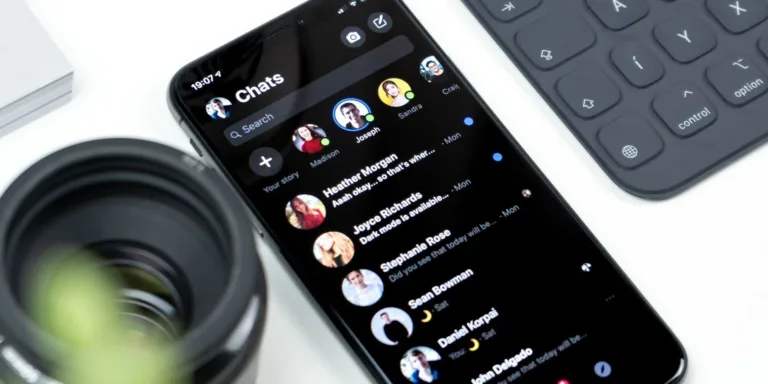RCS vs SMS and iMessage: Explained
What is SMS?
Short Message Service (SMS) has been the go-to messaging protocol for decades. It allows users to send text messages with a 160 character limit. While it lacks features like sending media files and end-to-end encryption, it doesn’t require a data plan and is widely supported.
What is RCS?
Rich Communication Services (RCS) is an advanced messaging protocol that aims to replace SMS and bring modern features to messaging. It supports read receipts, typing indicators, group chats, and high-quality media file transfers. RCS messages are sent over a data connection or Wi-Fi, with SMS acting as a fallback.
How does iMessage fit in?
iMessage is Apple’s proprietary messaging protocol. Currently, it doesn’t communicate with RCS, so when iPhone users message Android users, it defaults to SMS/MMS. This limits the user experience for Android users.
How did RCS adoption happen?
Google played a major role in RCS adoption by acquiring Jibe Mobile. However, due to a lack of coordination among stakeholders, RCS rollout was slow. The recent European Union legislation, Digital Markets and Services Act (DMA), pressurized Apple to adopt RCS and provide interoperability.
What will change with Apple’s RCS support?
Apple’s announcement of RCS support is a positive development for both iOS and Android users. It will improve the user experience by enabling proper display of high-quality media files and allowing cross-platform group chats. Apple will also work on adding end-to-end encryption to the RCS protocol.
While it remains to be seen if the stigma around “green text bubbles” will disappear, Apple’s adoption of RCS is a step towards better messaging interoperability.
Source: What is RCS and how is it different from SMS and iMessage?







